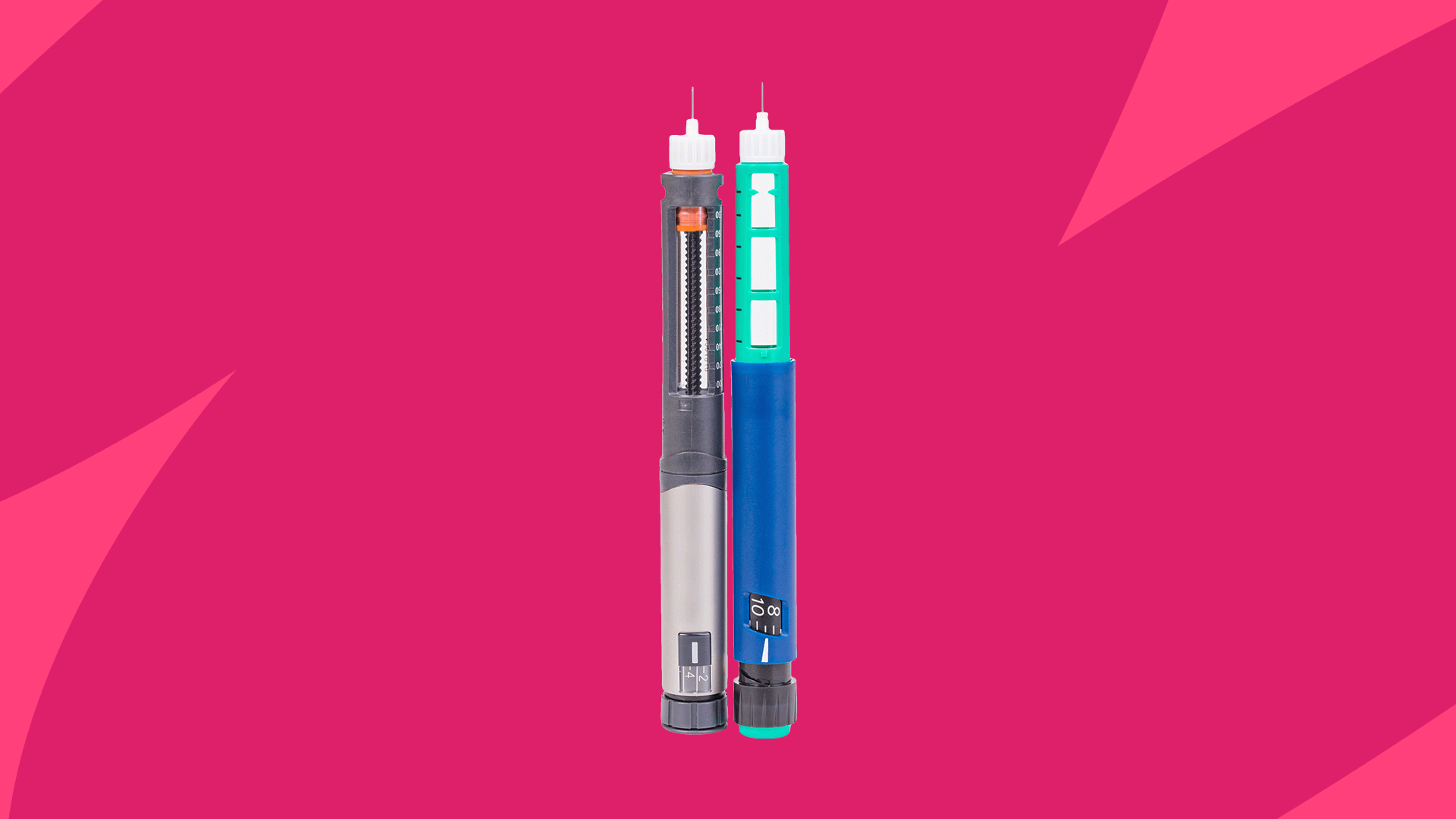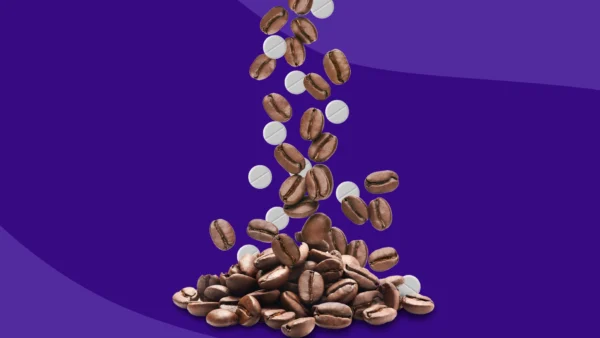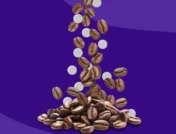How Trulicity works | Foods to eat with Trulicity | Foods to avoid with Trulicity | Trulicity-food interaction FAQs | Gastrointestinal side effects of Trulicity
Trulicity (dulaglutide) is a brand-name once-weekly subcutaneous injection that is approved by the FDA for Type 2 diabetes mellitus. Many medications and supplements are affected by the foods we eat. In this article, we’ll explore how diet affects Trulicity and Type 2 diabetes.
RELATED: What is Trulicity? | Type 2 diabetes treatments
How Trulicity works
Trulicity works to control high blood sugar in people with Type 2 diabetes in several ways. It activates glucagon-like peptide 1 receptors (or GLP-1 receptor agonists). By activating this receptor, it has effects on increasing insulin secretion, decreasing glucagon secretion, and delaying stomach emptying.
Insulin is produced by the pancreas and acts in the body by moving sugars out of the blood and into our muscles and liver, where it can be stored when it is needed. Glucagon, on the other hand, does the opposite of what insulin does, and so it brings sugar out of the liver and muscle and into the circulating blood. By delaying stomach emptying, Trulicity also slows the digestion of foods and thereby slows the release of carbohydrates (and sugar) into our bloodstream.
What should you eat while taking Trulicity?
There are neither specific foods that must be eaten nor foods to avoid with Trulicity. However, when you have diabetes the ADA (American Diabetes Association) recommends that you consume about 15% to 20% of calories from protein, 20% to 35% of calories from fat (but bad saturated fats should be less than 10% of total calories), and a little more than 50% from carbohydrates.
Foods high in refined sugars such as sugary snacks and sweets should be avoided. Instead, try to eat more fruits, such as berries, bananas, apples, and vegetables such as broccoli, tomatoes, spinach, and kale. Instead of refined carbohydrates such as white rice and white bread, choose complex carbs such as brown rice and wheat or whole grain bread. Instead of regular potatoes choose sweet potatoes. Yogurt and oatmeal are also great choices.
People with Type 2 diabetes should eat small, frequent meals as opposed to large meals. Small, frequent meals can help with nausea, bloating, and feelings of over-eating. They also help to level out blood sugar levels.
RELATED: What’s the best diet for diabetes?
4 foods to avoid with Trulicity
There is no data showing that specific foods interact with Trulicity. However, there are types of food that should be avoided in Type 2 diabetes, which Trulicity is designed to treat. Let’s discuss some of these foods below.
1. Sugary snacks such as cakes, cookies, candy
Sugary snacks such as candies and cakes seem to be all around us, from peeking out at us at every turn in the grocery store to appearing in the break room at work. Unfortunately, these treats are high in refined carbohydrates and sugar, and as a result, tend to cause spikes in blood sugar and will make it more difficult to control your diabetes with dulaglutide. As an alternative, try trail mixes with nuts and berries, yogurt, and fruits such as apples and bananas.
2. High sugar drinks such as soda pop, fruit drinks, sweet tea
In general, Americans drink way too many sugar-laden drinks, such as soda pop, sweet tea, and fruit juice drinks. These products contain some of the highest amounts of sugar of any food. They are a surefire way to not get your blood sugars under control. They also have been shown to cause cavities, poor concentration, and even increased cancer risk. Water is the best alternative, and if you tend to have a sweet tooth, you can add one of the many flavor enhancers out there or try flavored water right off the shelf at the grocery store.
3. Refined carbohydrates like white bread, potatoes, white rice.
Unlike whole grains, refined carbs such as white rice and potatoes, lack the nutrients that your body benefits from. They are also much more likely to cause spikes in your blood sugars. As a healthier option, eat low-carb foods such as brown rice or quinoa, sweet potatoes, and whole grain bread and cereals.
4. High fat content foods such as fast food, ice cream, and milkshakes.
Fast foods and ice cream and related products such as milkshakes, have loads of saturated fats (and usually lots of sugar as well). These high-fat meals tend to sit in your stomach, delaying digestion. When combined with GLP-1 agonists such as Trulicity, you are much more likely to have symptoms of slow stomach emptying, such as bloating, nausea, vomiting, feeling full quickly, and even stomach cramping.
Trulicity and food interaction FAQs
Can I eat grapefruit while taking Trulicity?
You may have heard that grapefruit can affect the metabolism of certain medications. The reason for this is that grapefruit can affect the activity of an important enzyme (Cytochrome P450) in your body, that is responsible for metabolizing many different drugs. There is no available data concerning grapefruit and Trulicity, so there is no specific recommendation here. Caution is advised and you should keep an eye on your blood sugar levels if eating grapefruit on a regular basis.
Can you drink wine while taking Trulicity?
You should be careful drinking alcohol while taking Trulicity since alcohol consumption can lower blood sugar levels, which is also what Trulicity does. Wine and other alcohol should be limited to one or two drinks at a time.
Is it safe to mix Trulicity and caffeine?
There is no direct interaction between Trulicity and caffeine. However, many patients with diabetes also have coronary artery disease (CAD), and often these patients have limits placed on their caffeine intake by their healthcare provider. Consult with your doctor for medical advice if you have concerns about caffeine and Trulicity.
RELATED: What you should know about coffee and diabetes
Herbs and supplements to avoid with Trulicity
There is not a lot of data concerning potential interactions between Trulicity and herbal supplements. Some herbal supplements may result in additive effects of Trulicity.
Regular use of aloe vera, ginseng, sesame oil, St John’s wort, ginkgo, garlic, and turmeric may lower blood glucose levels in some patients, which may lead to a reduction in your dosage requirement of dulaglutide.
Ma huang may interfere with blood glucose control and reduce the effectiveness of dulaglutide and other diabetes medications such as Victoza or metformin. You may need to adjust your dose of Trulicity or of other diabetic medications if you are also taking ma huang.
It’s a good idea to always let your healthcare provider know if you are taking herbal medicines while taking any prescription medications as drug interactions may occur.
Gastrointestinal side effects of Trulicity
The most common side effects of Trulicity include injection site reactions, nausea, indigestion, diarrhea, abdominal pain, and headache.
It’s no surprise that Trulicity can cause nausea since one of the ways that it works is by slowing down the emptying of the stomach. When the stomach empties slowly, as it does in a condition called gastroparesis, the main symptoms are nausea, vomiting, bloating, and feeling full early. Frequent foul-smelling burping can also be a sign of this. Since gastroparesis is common in diabetics, you can imagine that when you add Trulicity on top of already delayed stomach emptying, the symptoms can be quite severe.
Since slow stomach emptying can cause one to feel full, this can also cause a decreased appetite and weight loss. Weight loss is sometimes viewed as a positive side effect, as lowered weight gain usually results in better control of blood glucose levels and lowers the chances of obesity.
Trulicity is not recommended for use in people with severe stomach problems. Serious side effects of Trulicity include pancreatitis, kidney problems, severe allergic reactions, and heart attack in those with heart disease risk factors.
To minimize the side effects of Trulicity, take it exactly as prescribed. It is also recommended that you focus on the diet choices discussed above (low carbohydrates, low refined sugars and sweets, high protein, and healthy fats). Creating a meal plan with small, frequent meals instead of three large meals is recommended.
Keep a close eye on your blood sugars as well and be sure to let your healthcare provider know if the levels are frequently low or high, since this will make side effects worse.
RELATED: Can hypoglycemia (low blood sugar) occur without diabetes?
It should also be mentioned that anyone with a history of medullary thyroid carcinoma or a family history of thyroid cancer should not take Trulicity. It should also not be taken in patients with a history of MEN (multiple endocrine neoplasia) type II. In addition, dulaglutide is not for use in patients with Type 1 diabetes.











